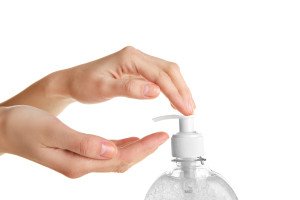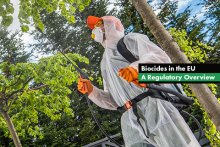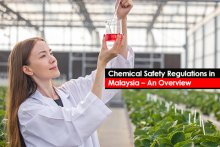In a recent announcement, the Food and Drug Administration (FDA) has established that the antiseptic wash products with certain (19 in number) active ingredients can no longer be marketed. The final rule has seen the light with manufacturers failed to submit the data related to safety and effectiveness of those ingredients as asked in 2013.
What is it all about?
We all know antibacterial or antiseptic wash products are to maintain the hygiene health standards that can be used as substitutes for water and soap. But the Food and Drug Administration’s (FDA) proposed a rule in 2013 closely made it to the proven case that our belief no longer appears to be true. With certain active ingredients used in antibacterial wash products believed to pose health risks like hormonal effects, the FDA in 2013 asked the manufacturers of such products to provide data related to safety and effectiveness of those ingredients. The mandate was to restrict the marketing of such products containing the mentioned ingredients.
The time has passed by. Manufacturers/companies involved in producing those antibacterial wash products could not prove that the ingredients are safe for consumer health. With that triggered the safety issues again, FDA in a recent announcement stated the antibacterial wash products containing such ingredients cannot be marketed.
As per the final rule, manufacturers marketing OTC antibacterial soaps are required to remove active ingredients: triclocarbon and triclosan from their products. However, the guidance is not applicable to products like wipes, hand sanitizers, shaving creams, or toothpastes.
Timeline for Compliance
As of now, the manufacturers got one-year timeframe to have these ingredients removed from their products and comply with the guidance. Until then, these products cannot be marketed so need to be recalled or reformulated to abide by the guidance. Although this guideline extensively focusses on patient safety, the ban on ingredients might increase manufacturer’s reformulation efforts and the restrictions to market these products might overburden companies with increased costs.
Since the formulations are expected to change, it comes as no surprise that the associated Regulatory submission documents and labels are expected to change. Industry bigwigs have already started phasing out respective banned ingredients from their products and marketing efforts. Analyze where should you start from? Consult a global regulatory partner.





